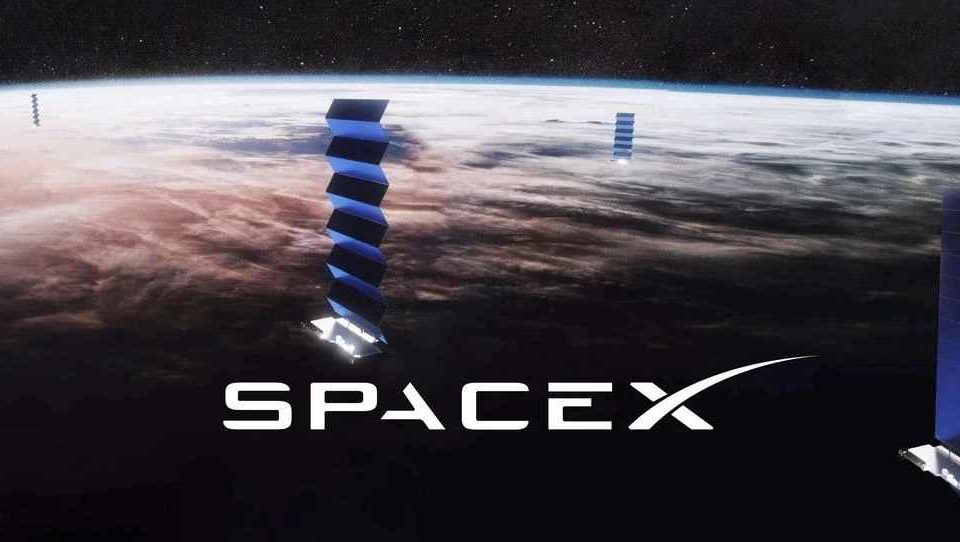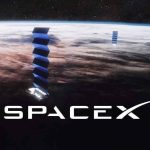SpaceX wants to connect its Starlink satellite internet network to aircraft, ships, and moving vehicles

SpaceX wants to connect more than just homes to its Starlink satellite internet. According to a request recently filed with the Federal Communications Commission, Elon Musk’s space company now wants to connect aircraft, ships, large trucks, RVs, and other moving vehicles to its Starlink satellite internet network.
In a letter to the FCC on Friday, SpaceX said it’s seeking approval for an Earth Stations in Motion (ESM) that will “enable the extension of a network from homes and offices to vehicles, vessels, and aircraft.” Here is how SpaceX director of satellite policy David Goldman describes it:
“In this application, SpaceX Services seeks a blanket license authorizing operation of such end-user earth stations for deployment as Vehicle-Mounted Earth Stations (“VMESs”), Earth Stations on Vessels (“ESVs”), and Earth Stations Aboard Aircraft (“ESAAs”) (collectively, Earth Stations in Motion (“ESIMs”)). SpaceX Services seeks authority to deploy and operate these earth stations (1) as VMES throughout the United States and its territories, (2) as ESVs in the territorial waters of the United States and throughout international waters worldwide, and (3) as ESAAs on U.S.-registered aircraft operating worldwide and non-U.S.-registered aircraft operating in U.S. airspace”
Goldman also noted that when U.S. aircraft enters foreign airspace, the company will operate under the FCC’s rules, or other nation’s rules, “whichever is more constraining.”
“When the ESAA-equipped aircraft enters foreign airspace, the ESAA terminal will operate under the Commission’s rules, or those of the foreign administration, whichever is more constraining.”
Meanwhile, this evening Musk also refuted the claim that SpaceX wants to connect Tesla cars to its Starlink network. In a tweet this afternoon, Musk posted a clarification saying:
“Not connecting Tesla cars to Starlink, as our terminal is much too big. This is for aircraft, ships, large trucks & RVs.”
Not connecting Tesla cars to Starlink, as our terminal is much too big. This is for aircraft, ships, large trucks & RVs.
— Elon Musk (@elonmusk) March 8, 2021
SpaceX said it has plans to deploy nearly 12,000 satellites in three orbital shells by the mid-2020s, with each satellite weighing about 500 pounds (227 kilograms), making this the heaviest payload flew on a Falcon 9. To date, SpaceX has deployed more than 1,100 satellites for Starlink.
As we noted back in October 2020, SpaceX began rolling out early service in a public beta to customers in the U.S., Canada, and the U.K at $99 per month plus a $499 upfront cost, according to the company’s e-mail.
The total cost of the decade-long project to design, build, and deploy such a network is estimated at nearly US$10 billion. In 2019 alone, Elon Musk’s SpaceX has raised over $1 billion this year as its internet satellite production ramps up, the company said in an SEC filing released earlier today. As a sign of investors’ interest in the direction of the company, SpaceX said it raised more funding than previously thought. SpaceX venture brought in $1.02 billion since the beginning of the year, more than SpaceX was seeking.
Below is a video of how Starlink delivers internet across the globe.
How Elon Musk's Starlink will deliver internet across the globe pic.twitter.com/IgxMihs7Gs
— Seeker by The Verge (@Seeker) October 23, 2020

